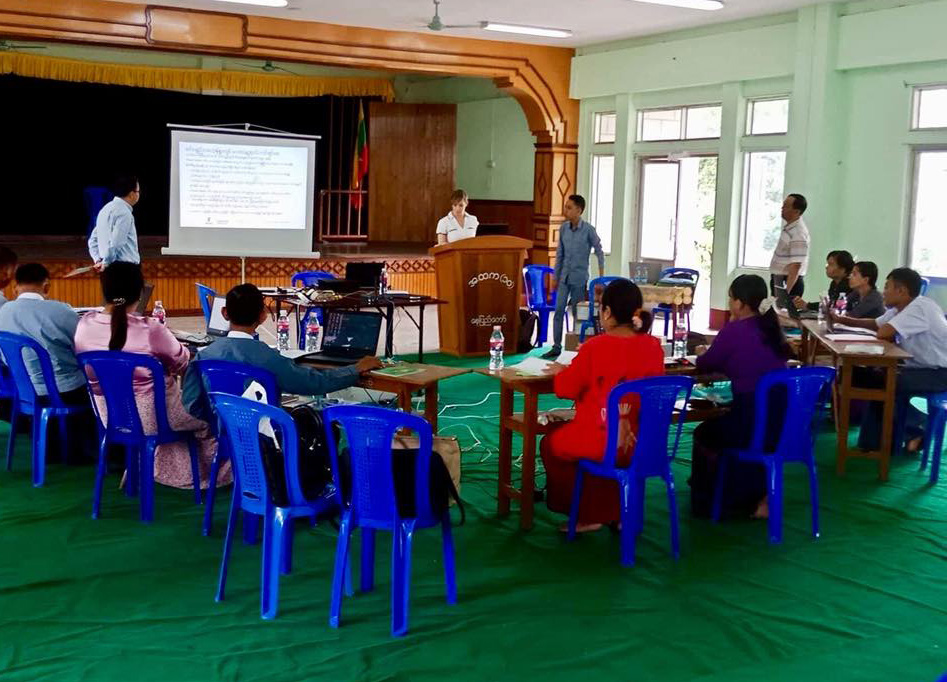Throughout the summer of 2018, I worked with a global education initiative called “Connect to Learn (CTL),” which aims to provide access to education to marginalized populations, emphasizing the inclusion of girls. With collaborative oversight of the Center for Sustainable Development at the Earth Institute, Columbia University (CSD), CTL has worked to increase the retention of girls in 31 schools across 3 regions of rural Myanmar since 2015. CTL believes that investing in Information and Communication Technology (ICT) has the potential to not only increase girls’ likelihood of staying in school but also improve their literacy and numeracy skills. The initiative has enabled broadband internet connectivity and provided tablets and laptops in schools, with trainings that promote their usage.
In implementing this initiative, CTL saw that teacher training could be useful for teachers to adapt to new knowledge and technology in the field, but schools lacked funds, personnel, expertise, and policies to benefit and make use of the technological resources. Witnessing the gap in teacher training resources, CTL invented the first Virtual Reality (VR) teacher-training module to be piloted in Myanmar in the summer of 2018. In the virtual learning space, teachers could practice student-centered pedagogy and new strategies to implement ICT in a virtual setting, reducing costs of in-person trainings.
The VR platform supports a learner-centered approach by introducing teaching methods that enhance critical thinking and promotes student’s active inquiry to apply lessons learned in schools to their daily lives. The pedagogy exhibited in the VR modules presents concepts from the Myanmar national curriculum while introducing new pedagogical methods, such as backward design, student demonstration, and small group activities.
I developed and facilitated a training session for members of the Department of Basic Education (DBE) under the Ministry of Education in Myanmar on how to use and understand the VR teacher training platform. On the first day of the training, I presented the VR device and functions, and varied pedagogies addressed in the VR module. Of the 10 DBE members who attended the training, none had used VR before the training. After the initial learning curve to familiarize with the technology, DBE members became more confident as they practiced and showed that they recognized pedagogies presented in the module. On the second day of training, we had the DBE members present segments of the module in front of the group in order to assess their understanding of the pedagogical concepts. DBE members exhibited understanding of the technology and teaching methods and also succeeded in making the presentations their own, relating module concepts to their own experiences.
Through the months of July and August, the DBE leaders held 6 different sessions of multiplier trainings in Mandalay and Mon regions to train and support local teachers on how to use the VR platform. During these trainings, I monitored the progress and content of the trainings and offered help and feedback as necessary to the DBE members and teachers. For all of the trainings of the DBE members and the teachers, I conducted post-training evaluations through Day 1 and Day 2 questionnaires and quantitatively analyzed results.
